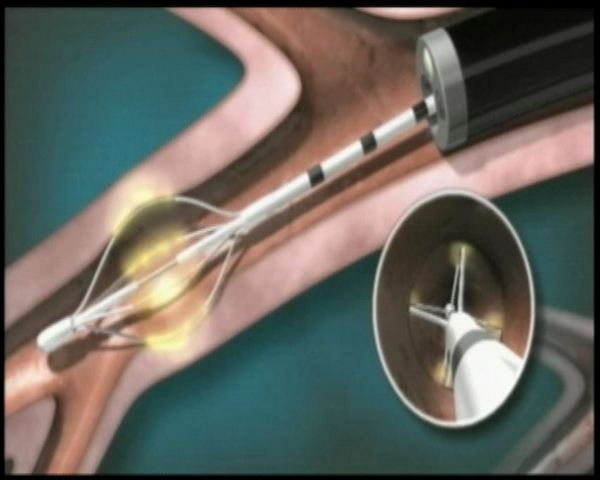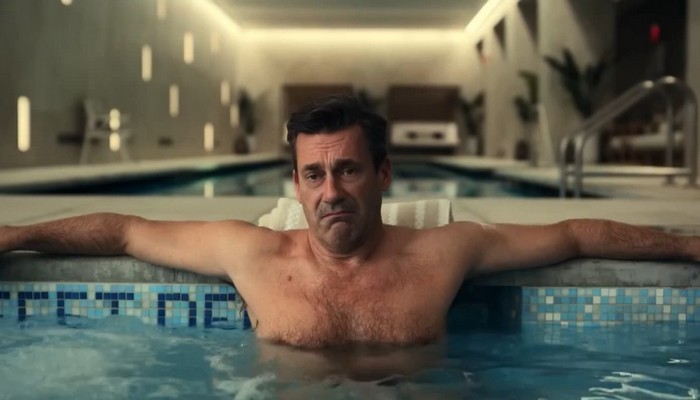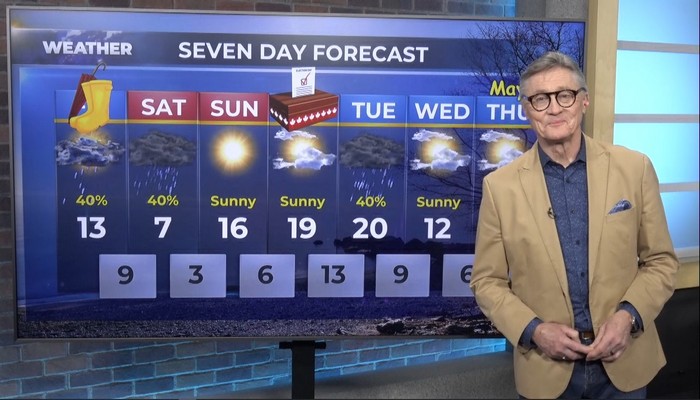
Bronchial thermoplasty

[projekktor id=’10828′]
It didn’t take much to derail Jeff Ironi’s day. A little humidity could take him from work to a hospital emergency department. Jeff’s asthma was so severe, it earned him the nickname the glass lung. But his condition turned a corner a few years ago, when the Toronto man was sent to Hamilton’s Firestone Clinic for a new form of treatment.
Jeff said: “If it wasn’t for dr. Hargreaves, Dr. Nyer, the Firestone Clinic at St. Joe’s and Boston Scientific for this procedure they came up with, I probably wouldn’t be alive right now. I truly wouldn’t.”
An emotional Jeff Ironi refers to the Firestone Clinic as the miracle place. Here, experts managed to treat the condition he’s struggled with since birth.
Jeff said: “Throughout my life it got better, it got worse and then in the last 10 to 15 years it just became a downward spiral.”
Dr. Gerard Cox said: “Asthma by its inherent nature is variable. It comes it goes. And when it comes and you have a severe attack you are unable to do anything else.”
Though asthma is common, Hamilton’s Dr. Gerard Cox says only 10% of the asthmatic population is severe. Generally, asthma is characterized by inflamed airways.
Dr. Cox said: “After a while with asthma the muscles in the airway wall build up and get stronger. Like any muscle if you use it a lot it gets bigger and stronger.”
During an attack the muscle contracts, reducing the airway. Dr.’s viewed Jeff as a perfect candidate for a new procedure, that helps eliminate excess muscle. Bronchial thermoplasty.
Dr. Cox said: “It can reduce the amount of muscle in the asthmatic airway. And this leads to long lasting reduction in the extent and degree of contraction that people can get when their airways are irritated.”
The treatment happens in 3 separate procedures, during a bronchoscopy. A catheter is inserted into the airway containing 4 electrodes at the tip. The electrodes are expanded, touching the airway wall, heating the tissue, breaking down the muscle. Side effects are minimal.
Jeff said: “You kind of feel like a mild tightness in your chest for about 6, 7 days. And then after that it’s gone, like instantly after my first procedure I felt better.”
It’s not a cure, but the effects are long lasting.
Dr. Cox said: “To our knowledge, patients who benefit from it enjoy that benefit for up to 5 years.”
Anti-inflammatory medication is still required. But Jeff says to call bronchial thermoplasty life changing is an understatement: “I’ve won the lottery, the 300-million dollar lottery probably 10-times already. That’s how huge this has been for my life.”
Bronchial thermoplasty is an expensive treatment, 10 thousand dollars per patient. And it’s not covered by OHIP. Hamilton’s St. Joseph’s Healthcare has committed to covering the cost of treatment for 10 patients per year.







